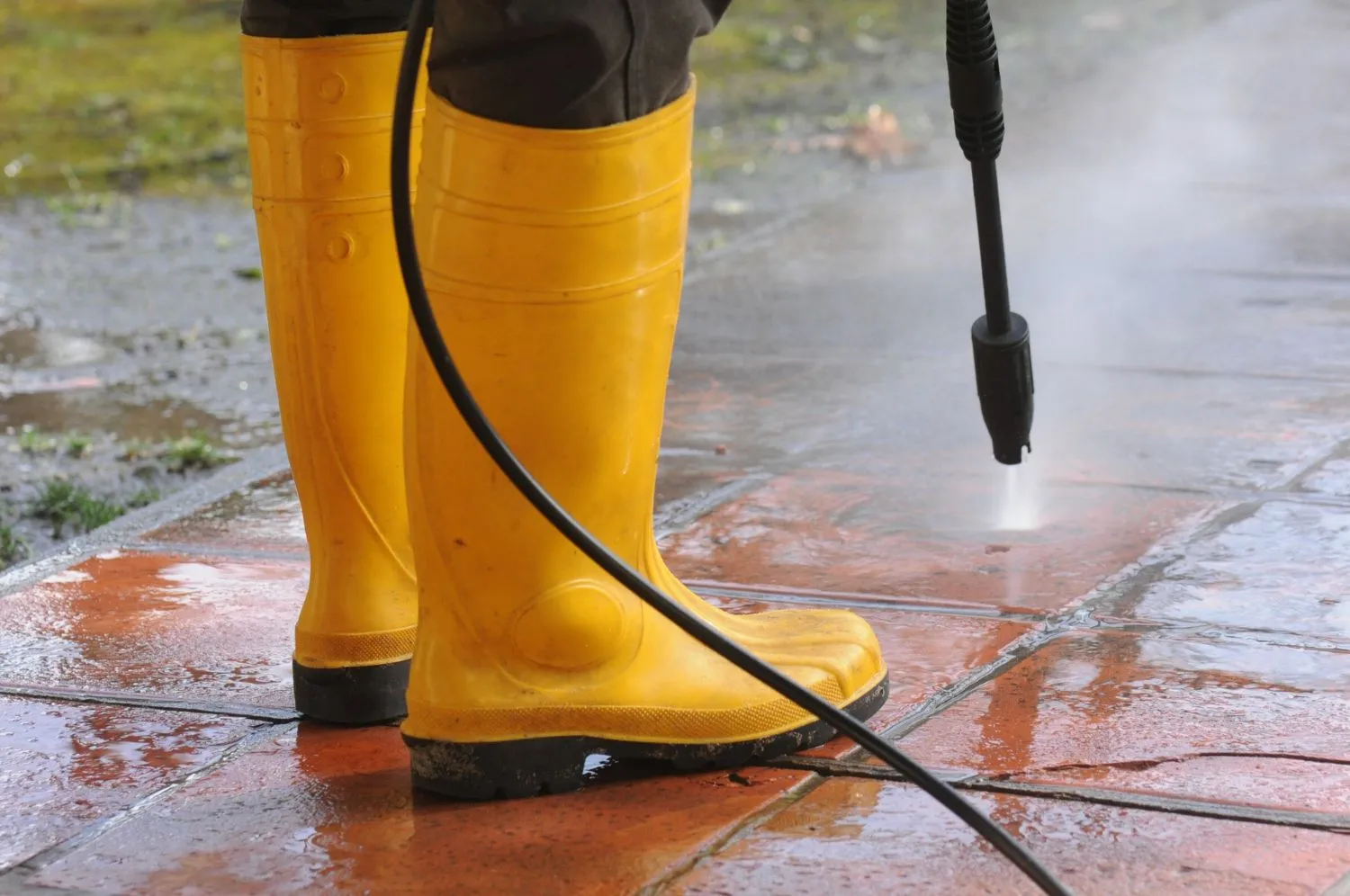Hydro Jetting Methods: Is it Worth it?
Clogged pipes, drains, and sewer lines are common plumbing issues that can cause a range of problems, including slow drainage, backups, foul odors, and potential damage to your plumbing system. But there is a secret weapon that professional plumbers rely on to conquer the toughest clogs and obstructions called hydro jetting. Hydro jetting is a method used for cleaning and clearing blocked or clogged pipes, drains, and sewer lines. It involves using a high-pressure stream of water to remove obstructions, sediment, and debris from the inside of the plumbing system.
When dealing with recurring sink backups or a plumbing challenge, understanding the science and technique behind hydro jetting can save you time, money, and the headache of constant plumbing issues. Let’s get started with these hydro jetting methods.
Hydro Jetting Methods
Hydro jetting is a powerful method used for cleaning pipes, drains, and sewer lines. It involves using high-pressure water to remove obstructions, sediment, and debris from plumbing systems. There are different methods and equipment used for hydro jetting, depending on the specific application and requirements. Here are some common hydro jetting methods:
High-Pressure Nozzle Types
- Forward-Facing Nozzle: Emits a powerful stream of water in a forward direction, effectively breaking up clogs and obstructions.
- Rotating Nozzle: Spins while emitting a high-pressure stream, providing thorough cleaning and clearing capabilities.
- Penetrating Nozzle: Designed to cut through tough obstructions and roots.
- Flushing Nozzle: Provides a wider spray pattern for general cleaning and flushing of pipes.
- Chain Flail Nozzle: Equipped with small chains or blades to cut through roots and tough debris.
Pressure and Flow Rates
Hydro jetting machines come with varying pressure ratings and flow rates. Higher pressures are used for tougher obstructions, while lower pressures may be used for general maintenance.
Hose Length and Diameter
The length and diameter of the hose can be adjusted to suit different pipe sizes and lengths. Longer hoses may be required for more extensive pipe networks.
Pump Types
Hydro jetting machines use different types of pumps to generate high pressure. Common types include triplex plunger pumps and pressure intensifiers.
Water Source
Hydro jetting systems can use regular water from a municipal supply, or they may have onboard water tanks for remote operations.
Safety Precautions
Hydro jetting can be dangerous if not handled properly. Operators should wear appropriate protective gear, including safety glasses, gloves, and sometimes full-body suits. They should also be trained to operate the equipment safely.
Application Specifics
Hydro jetting can be used for various applications, including residential plumbing, commercial and industrial pipelines, municipal sewer systems, and more. The specific equipment and methods used will depend on the scale and nature of the job.
Root Cutting Attachments
For removing tree roots, some hydro jetting systems have specialized cutting attachments that can effectively chop through root masses.
Camera Inspection
In some cases, hydro jetting may be combined with video camera inspections to assess the condition of the pipes before and after cleaning.
Maintenance and Cleaning
Regular maintenance of the hydro jetting equipment is crucial to ensure its effectiveness and longevity. This includes flushing the system after use to remove any residual debris.
Is Hydro Jetting Worth it?
The decision of whether hydro jetting is worth it depends on the specific circumstances and needs of the plumbing system in question. But there are some factors to consider when determining if hydro jetting is a worthwhile investment.
Severity of Blockages
Hydro jetting is highly effective at removing tough and stubborn blockages such as grease, tree roots, mineral build-up, and other debris. If you’re dealing with severe or recurring clogs, hydro jetting can be a highly effective solution.
Long-Term Cost Savings
While hydro jetting may have a higher upfront cost compared to traditional methods like snaking or chemical treatments, it can often lead to long-term cost savings. It provides a thorough cleaning that can prevent future blockages, reducing the need for frequent service calls.
Preventative Maintenance
Hydro jetting can be used as a preventative maintenance tool to keep pipes clean and free-flowing. Regular maintenance can extend the lifespan of your plumbing system and reduce the likelihood of unexpected blockages.
Environmental Considerations
Hydro jetting uses high-pressure water without the need for harsh chemicals, making it an environmentally friendly option for sewer and drain cleaning.
Versatility
Hydro jetting can be used in a wide range of applications, from residential plumbing to commercial and industrial settings. It is versatile and can handle various pipe sizes and types.
Safety and Non-Destructiveness
When performed by trained professionals, hydro jetting is a safe and non-destructive method of cleaning pipes. It doesn’t cause any physical damage to the pipes themselves.
Effectiveness in Removing Roots
If your plumbing system is experiencing root intrusion, hydro jetting with specialized root-cutting nozzles can be particularly effective at removing roots and preventing their regrowth.
Resolving Slow Drains
If you’re experiencing slow drains or backups, hydro jetting can quickly and effectively clear the blockage, restoring proper drainage.
Assessment and Inspection
Combining hydro jetting with video camera inspection allows for a thorough assessment of the condition of the pipes. This can help identify any structural issues or potential problems before they escalate.
Professional Expertise
It’s crucial to have hydro jetting performed by trained and experienced professionals who understand how to use the equipment safely and effectively. Hiring a reputable plumbing service is key to a successful hydro jetting operation.
Call us to Get Started
Hydro jetting is especially effective for dealing with tough and persistent blockages, such as those caused by grease buildup, mineral deposits, tree roots, and other stubborn debris. It is also environmentally friendly as it does not involve the use of harsh chemicals.
However, it’s crucial to note that hydro jetting should be performed by trained professionals to ensure safety and avoid damage to the plumbing system. Additionally, it’s not suitable for all types of pipes, and its use should be assessed based on the material and condition of the pipes.
Contact our local plumber to learn more about our affordable plumbing services!





